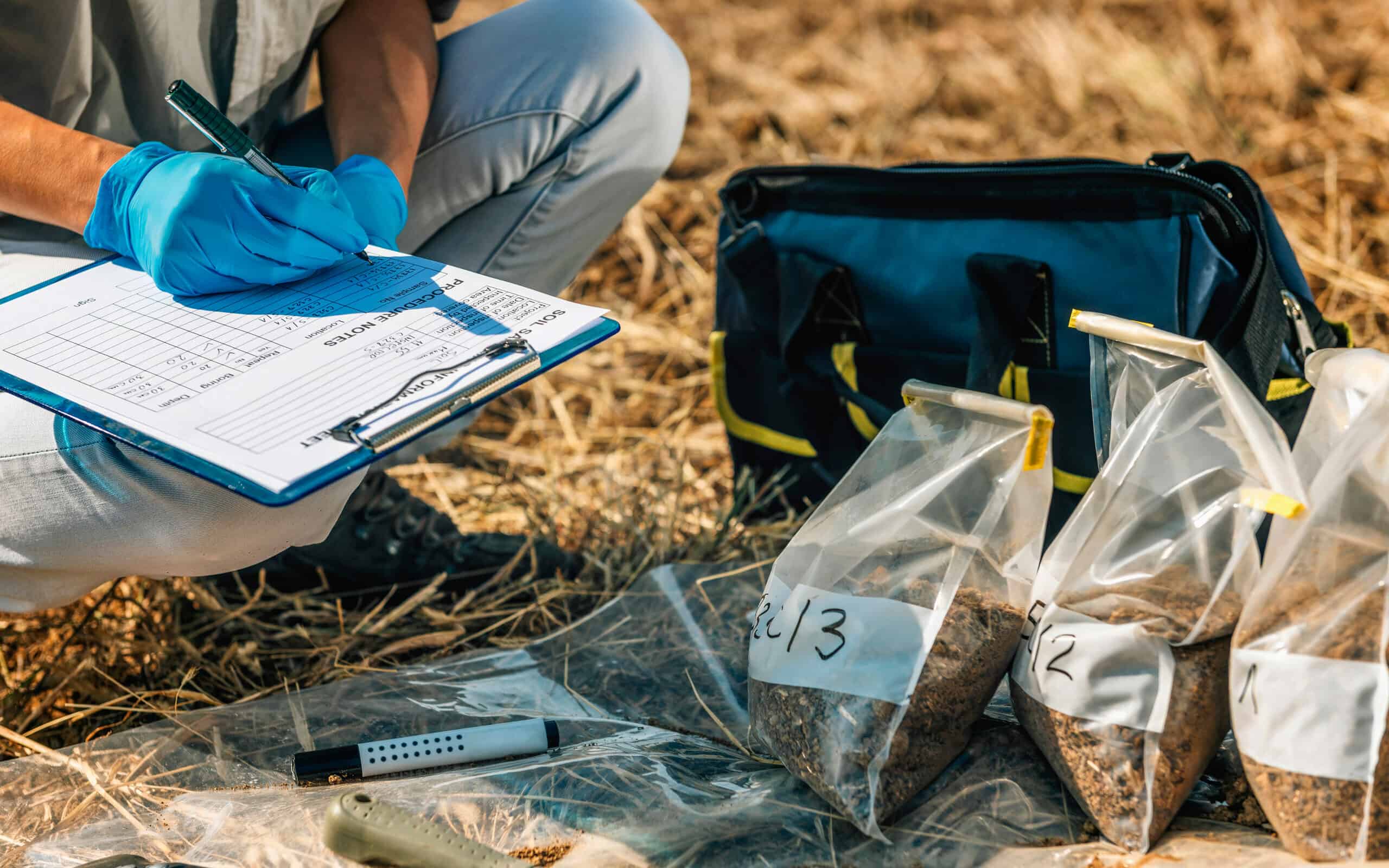
Key Points
- A replicate is a repeated run of an experiment, intended for determining precision.
- There are a few different types of replicates that are situational depending on the aim of your DOE.
- At its core, all replicates are used to test the validity, reliability, precision, and stability of a process.
When doing Design of Experiments (DOE), replicates become an important consideration for improving the accuracy of your experiment. Let’s learn a little more about replicates.
In Design of Experiments (DOE), a replicate is a single repetition or run of an experiment, with all conditions and factors kept constant except for the treatment being studied. The purpose of replicates is to increase the precision and accuracy of the results by accounting for variability within the experiment.
Overview

The purpose of the Design of Experiments (DOE) is to efficiently determine which set of factors and levels will optimize a response variable. A DOE will conduct a series of runs consisting of the relevant factors and levels. The number of runs is determined by the formula levels^factor.
The resulting prediction equation will seek to optimize the combination of factors and levels. Because of experimental variation, there will be some errors in the prediction. By replicating the combinations using additional runs, you will add degrees of freedom which help make the prediction more precise and accurate. The combinations are subsequently replicated in additional runs during the DOE.
Replicates are different from repeats. While repeats are also multiple runs of the same combinations, they are generally done sequentially and do not account for variability or error as do replicates. Multiple repeats are generally averaged and may also include the standard deviation. Repeats do not add additional degrees of freedom.
The number of replicates needed in an experiment will depend on the level of precision required, the expected variability of the response, and the resources available. In general, increasing the number of replicates will increase the accuracy of the results, but also increase the cost and time required to experiment.
The Different Types of Replicates
Unsurprisingly, there are a few different variations of replicates to consider in your DOE. First up is internal replication, which is using the same experiment and variables to reduce the chances of random errors and aid in determining the precision of the experiment.
External replication is the repetition of the same experiment while committing to different stages of analysis or methods. You’re generally testing for the reliability of your processes when considering external replication.
Finally, you have conceptual replication, which is used for testing hypotheses. Learning how to use all three can lead to better overall results when designing your DOE.
An Industry Example of Replicates

For example, if you are studying the effect of a new fertilizer on crop yield, you would conduct multiple replicates of the experiment, each with the same conditions (e.g., soil type, planting density, weather conditions) except for the type of fertilizer applied. The average of the replicates provides a more accurate estimate of the effect of the fertilizer on yield than a single run or replicate.
Other Useful Tools and Concepts
Looking for some other tools of the trade to keep things rolling? The design of experiments is a dense subject, so it only stands to reason that you need extra tools to make the most of it. As such, learning how to design an effective and practical DOE is a great place to start if you’re new to the process.
Additionally, you might want to take a closer look at the likes of Plackett-Burman Experimental Design. This process readily identifies the most important attributes of a given data set before drilling down to further experiments.
Conclusion
Replicates are a useful way of getting down to what matters most in your processes. While they are only one component of a successful DOE, learning how to utilize the different types of DOE can aid in process improvement, problem-solving, and testing the accuracy of your measurements. As such, it certainly pays off to consider adding them to your DOEs.